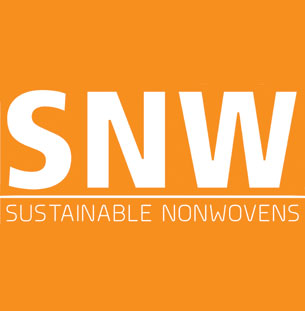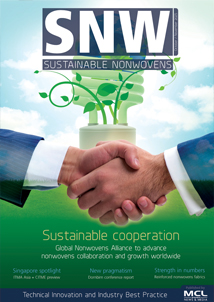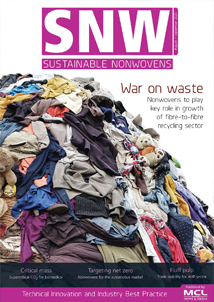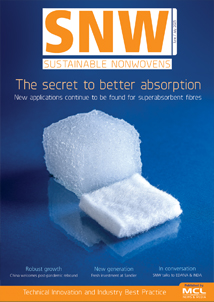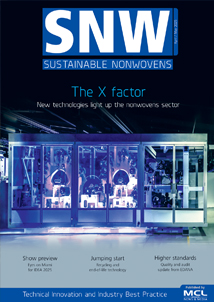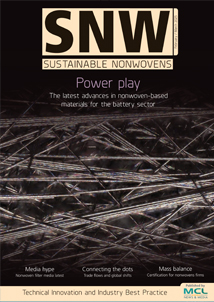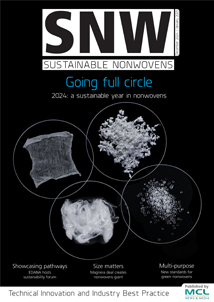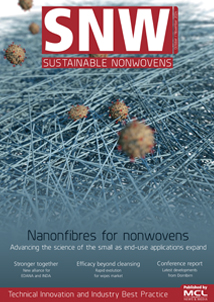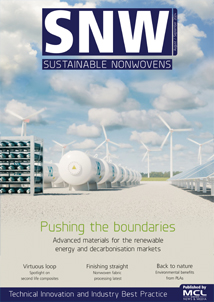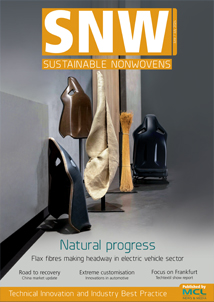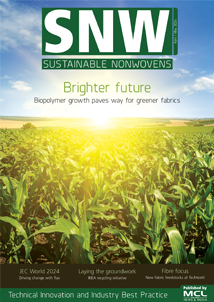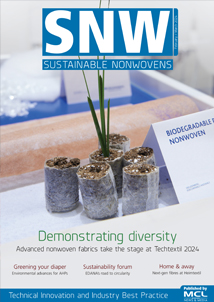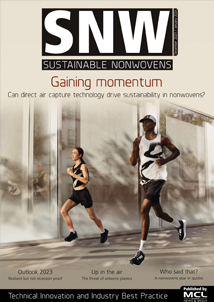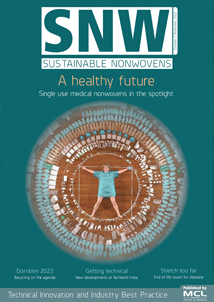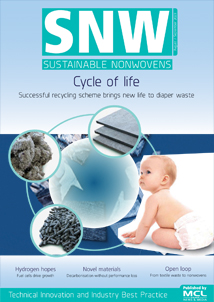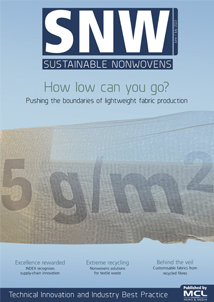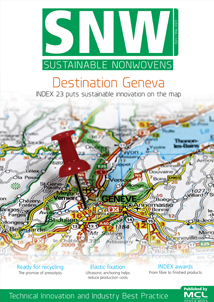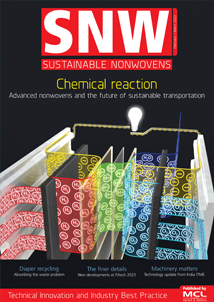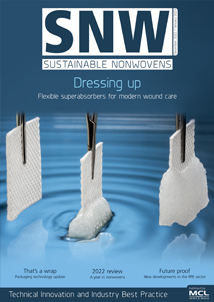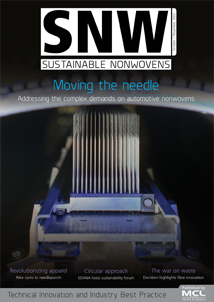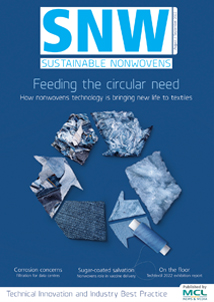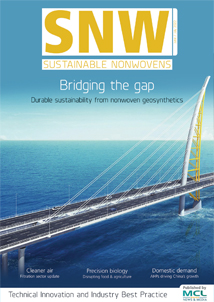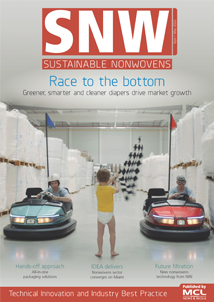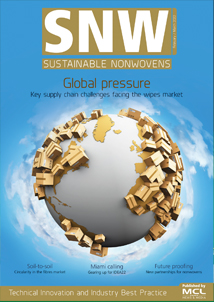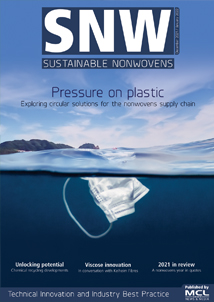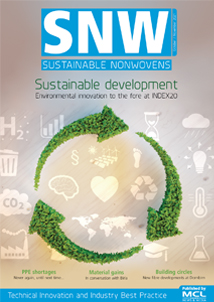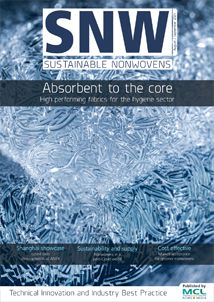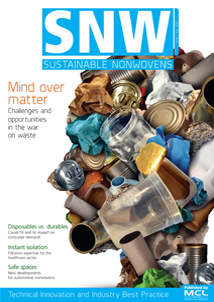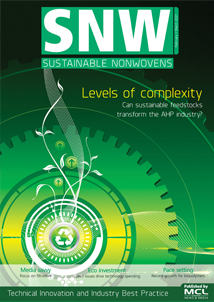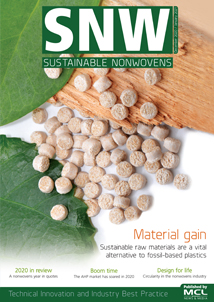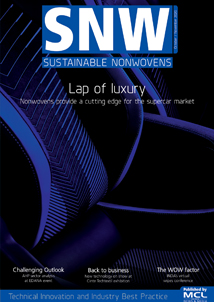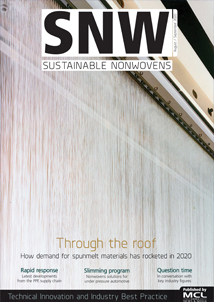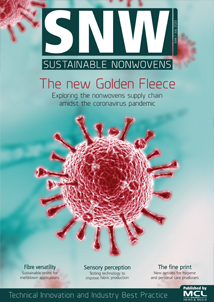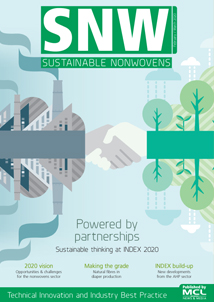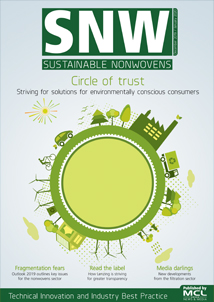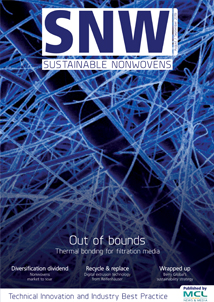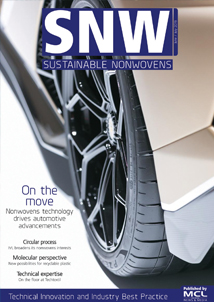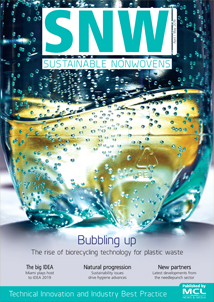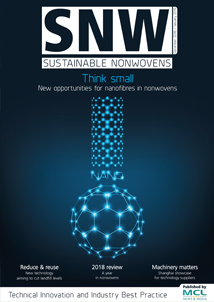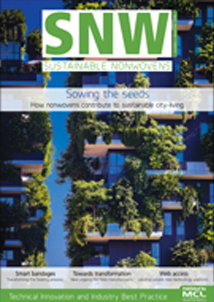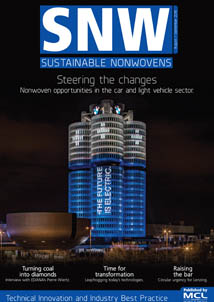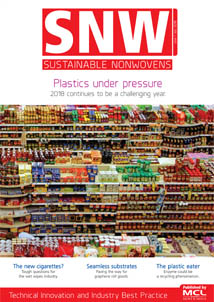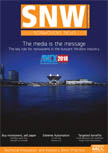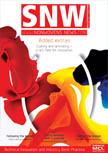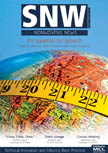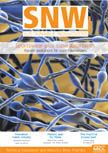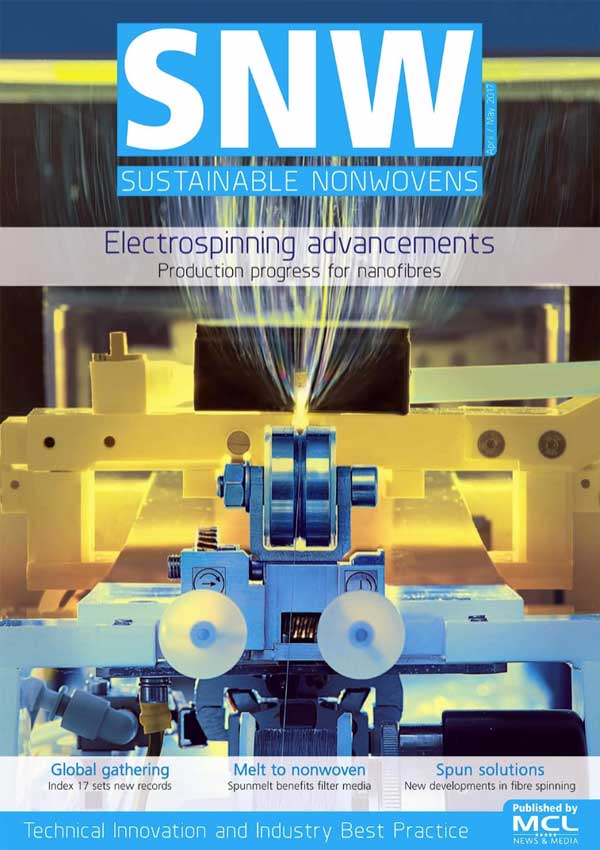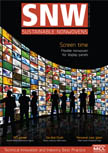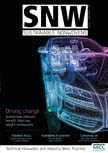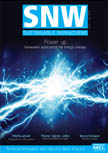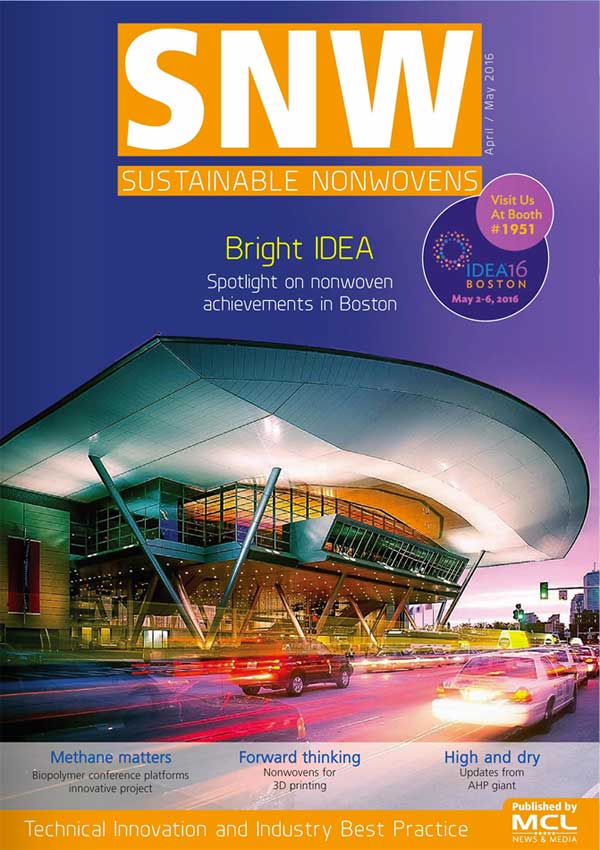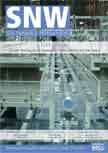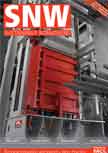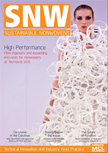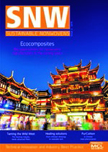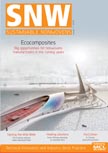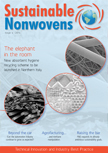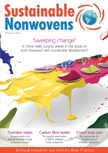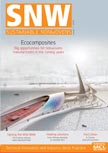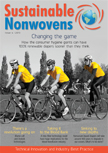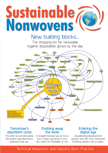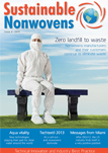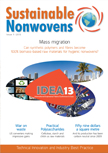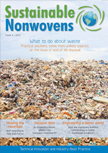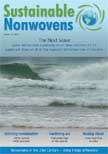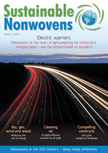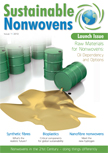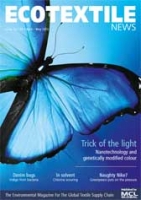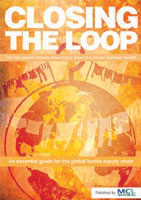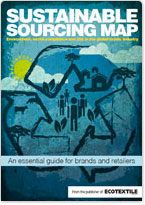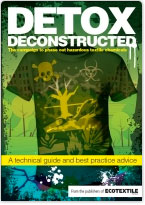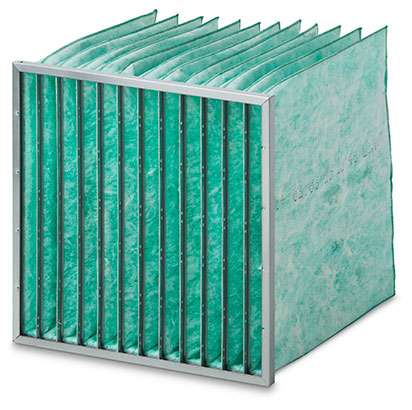 Camfil – the Stockholm-headquartered air filtration specialist with sales in 2014 of over €593 million – is introducing Hi-Flo II, a new and enhanced version of its popular filter based on newly-designed glass fibre-based nonwovens in conical shaped pockets.
Camfil – the Stockholm-headquartered air filtration specialist with sales in 2014 of over €593 million – is introducing Hi-Flo II, a new and enhanced version of its popular filter based on newly-designed glass fibre-based nonwovens in conical shaped pockets.
This aerodynamic design is said to prevent the filter pockets from overlapping each other or coming in contact with the filter housing, optimising the airflow through the media.
As such, Hi-Flo II allows users to meet the much tougher requirements for energy savings specified in Eurovent’s new 2015 energy efficiency classification system for air filters in buildings.
Camfil’s top model – Hi-Flo II M7 in filter class F7 – has received the highest A+ rating from Eurovent for its outstandingly low energy consumption. In addition to saving more energy, its efficiency is significantly higher than the performance demands for equivalent filters in EN779:2012 – the European standard for general ventilation filters.
Building owners can save up to 28% more energy per year, per filter compared to the previous Hi-Flo M7 air filter, it is claimed.
Other improved features include a very robust frame and more durable stitching to manage strong airflows.
Following Eurovent’s new, objective energy efficiency classification all air filters can be graded from A+ to E. As the price of energy increases and the demands of reducing CO2 emissions get tougher, the energy consumption related to air filters has become the focus of attention. In the past, air filters were classified only by their average efficiency. The new energy classification is far more precise.
Bill Wilkinson, MD of Camfil UK says the Hi-Flo II can save up to £30 per year for every installed filter.
“It’s a quick win for switched on energy managers and the pay backs within revenue budgets are typically less than three months – and air filters are designed to be changed, unlike other components within the ventilation system, so consequently do not put any pressure on capital budgets when upgrading to low energy air filters.”
HVAC systems heat cool and clean the air distribution within some 200,000 buildings in the UK. This involves approximately 7,300 organisations consuming 35% of the UK’s energy consumption. The Federation of European Heating, Ventilating and Air-Conditioning Associations have estimated that within the EU there is a potential annual saving of 5TWh available by switching to low energy air filters. In the UK alone, this would equate to £500 million in energy savings.
